Animal rights activists have claimed a significant victory in its battle to end Japan’s dolphin slaughter after a court ruled that an aquarium in Taiji – where hundreds of dolphins are killed every year – acted illegally when it refused entry to an Australian campaigner.
The court in Wakayama, western Japan, on Friday awarded 110,000 yen (£690) to Sarah Lucas, head of Australia for Dolphins, who had attempted to enter the Taiji whale museum in 2014 but was turned away and shown a cardboard sign saying “anti-whalers” were not welcome.
Lucas had intended to check on the welfare of a baby albino bottlenose that had been kept at the museum since being separated from its pod and captured earlier in the year. The museum reportedly paid $500,0000 (£354,000) for the animal.

Lucas said the rare dolphin, called Angel, was being kept in a tiny crowded tank full of chlorine, and was being bullied by other dolphins.
“The legal battle to save Angel is much bigger than a rescue mission to save one albino dolphin calf,” Lucas said after the verdict.
“This win proves the Taiji whale museum, the institution at the heart of the dolphin hunting trade, behaved illegally. It also shows the Taiji dolphin hunts are not above the law, which means the Japanese legal system can be used to end the cruel dolphin hunts for good.”
Tetsuo Kirihata, deputy chief of the Taiji museum, said he was satisfied with the verdict because the initial demand for damages had been for about 3m yen.
“We feel much of our case was taken into account by the court,” he told Associated Press. Kirihata said the dolphin was eating well and getting along with other dolphins, with regular blood tests showing it was healthy. What to some might look like bullying was, in fact, “part of regular activity in nature,” he added.
The museum is owned by the town government in Taiji, the setting for the Oscar-winning 2009 documentary The Cove, which showed fishermen driving pods of dolphins into shallow water before killing them with knives.
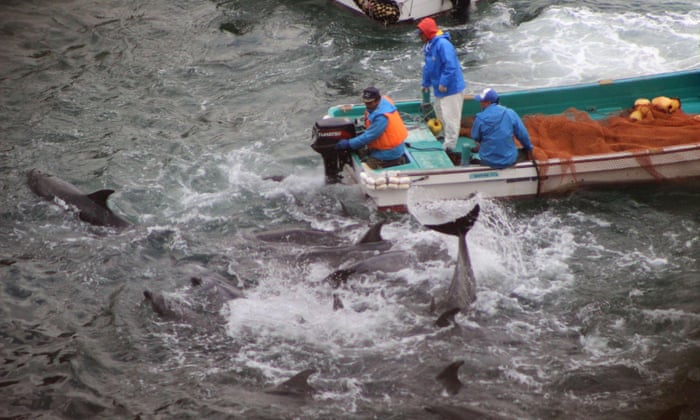
The use of the drive method has attracted widespread criticism, including from the US ambassador to Japan, Caroline Kennedy.
International pressure on Taiji to distance itself from the global trade in dolphins intensified last year when aquariums in Japan voted to stop buying live specimens from the town to avoid expulsion from the world’s leading zoo organisation.
The move came after the Guardian revealed that the World Association of Zoos and Aquariums (Waza) had been targeted in a court action launched by Australia for Dolphins. The group accused Waza of being complicit in the hunts by failing to take decisive action against Japanese aquariums.
The museum in Taiji, however, quit the Japanese branch of the world association in protest, with local fishermen vowing to continue the hunts.
During the most recent season, which ended last month, Taiji’s fishermen killed 652 dolphins and took 111 into captivity, according to figures supplied by the Sea Shepherd marine conservation group.
This article was first published by The Guardian on 26 Mar 2016.
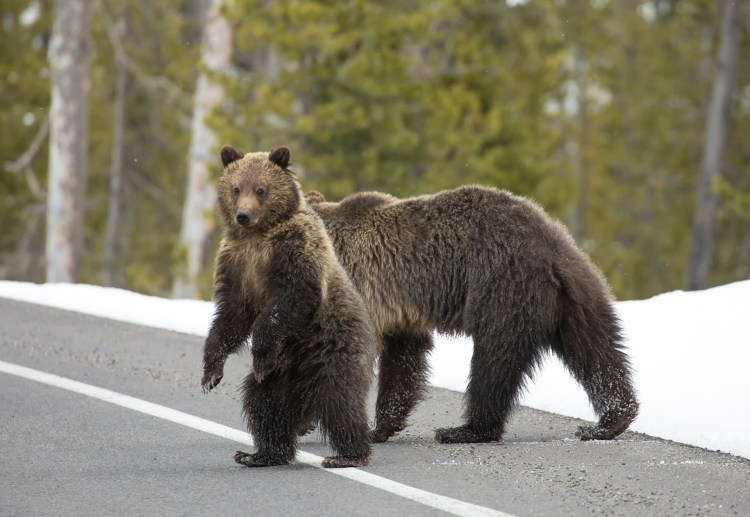
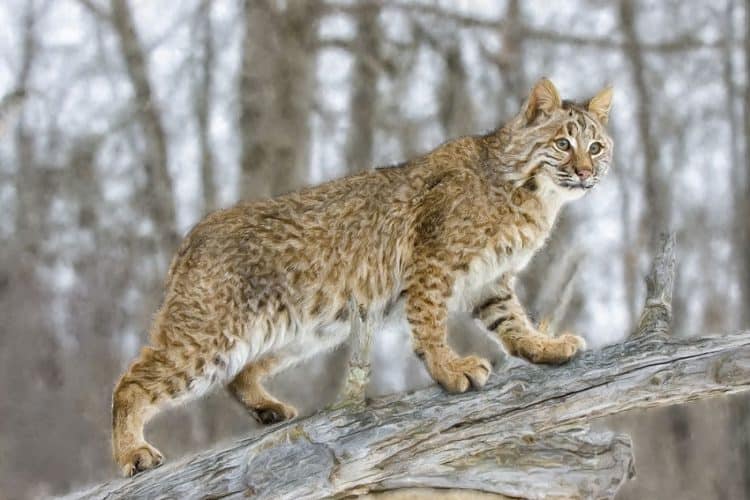


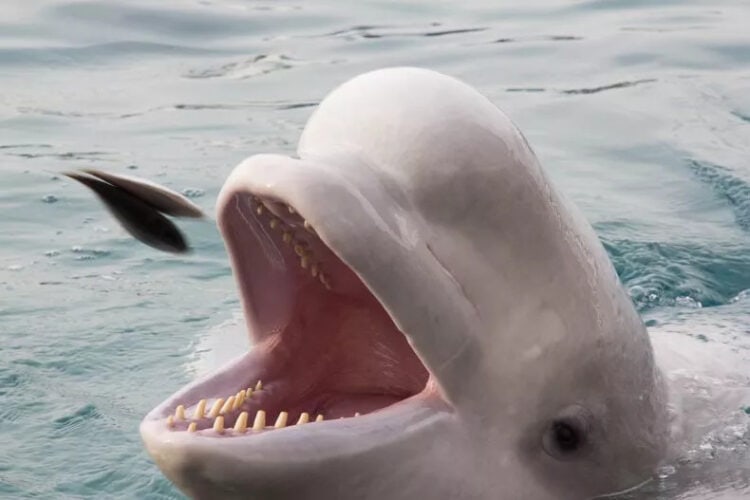
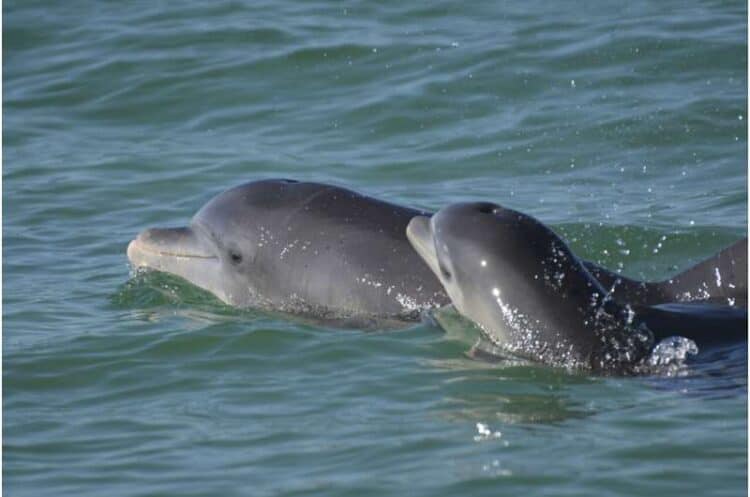
Leave a Reply